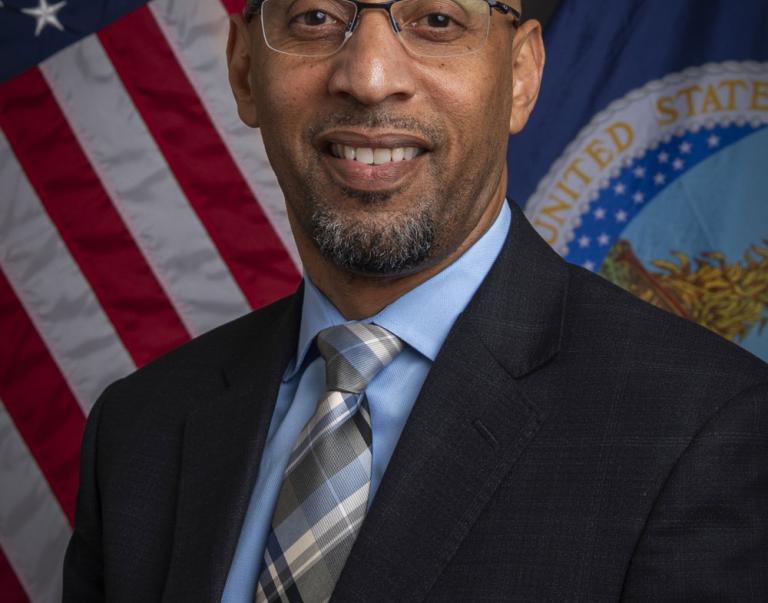When the sign-up window opened for USDA Natural Resource Conservation Service’s Conservation Stewardship Program (CSP) in 2012, the five-member NRCS Alpine Resource Team was ready. The team is responsible for more than nine million acres of the Trans-Pecos region of Texas, and protecting the region’s natural resources comes first.
CSP is a voluntary conservation program that encourages producers who are already participating in NRCS conservation programs to take their efforts to the next level. Participants address resource concerns in a comprehensive manner with financial and technical assistance from NRCS—not only by tackling new practices, but also by maintaining, improving and managing the existing conservation measures on their operation. The program, begun in 2009, was still fairly new in 2012.
CSP participants can receive incentive payments for a variety of conservation practices that maintain and improve water and soil quality, as well as enhance wildlife habitat. But the first year the program was in existence, few local producers knew what it was, let alone how it could help them and the natural resources on their lands.
The Alpine Resource Team knew they needed to be prepared and ready to explain the new program to their customers. It was a challenge not only learning a new program, but also being able to explain the conservation benefits to the landowners in a manner in which they would want to participate.
The results speak for themselves. By the end of the first sign-up period the team had generated a solid set of program applications for financial consideration. The team received applications for more than 400,000 acres—which was one-third of the agency’s goal for the entire state of Texas!
“The rapport this young group of employees has with the local producers is obvious,” Mark Habiger, NRCS assistant state Conservationist for programs, says. “They take this job seriously and truly care about the work they are putting on the ground to aid in conserving our natural resources.”
Conservation assistance from NRCS can especially be helpful for farmers and ranchers who are struggling in the face of severe weather.
“No matter how good of a land steward you are, it’s hard to stay on your feet under drought and wildfire conditions we have experienced since 2011,” local Soil Conservation Technician Will Juett says. And conservation assistance from NRCS can make a big difference.
Follow NRCS on Twitter.
Check out other conservation-related stories on the USDA blog.



